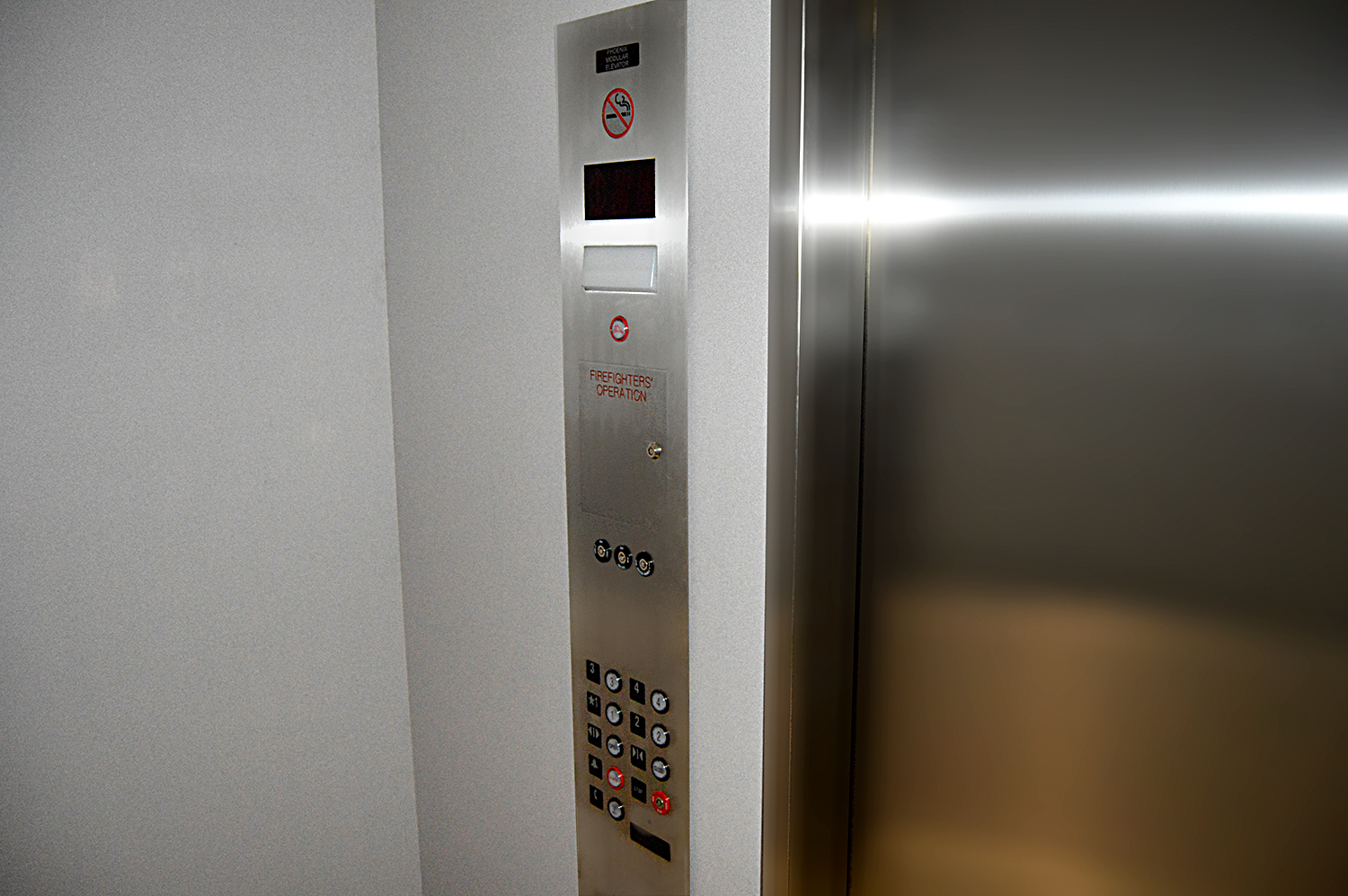
Hurricanes Toughest
October 24, 2018
Elevator Trapped
November 16, 2018Elevator Construction Unsafe

No one wants to see yellow warning tape going up at job site, so here at Phoenix Modular Elevator, we talk a lot about construction site safety, especially regarding elevators. In other words, safety is a big motivator for us, not just when the elevator is up and running, but from the time the elevator hoistway or shaft is being constructed to the final installation of the elevator itself.
Why? Because we know there is a better way. Modular elevators are simply a safer alternative that need to be embraced by everyone in the building industry so injuries and yellow warning tape can be avoided. If we have said it once, we have said it a thousand times; if you care about worker safety, build with modular.
To help punctuate this point, just this month there have been two breaking news stories concerning elevators and construction site safety. The links are provided so you will know what we are saying is true, but believe me, there is no joy in reporting potentially avoidable accidents.
Elevator Construction Unsafe
The first news story is one of the most common accidents that takes place involving elevator hoistways on a job site. The problem is with old-fashioned, out-dated construction methods. The elevator hoistway is built and then just sits there as the building is built around it. The whole time, the shaft has doors that have not been installed and are open; an accident waiting to happen. All the facts are not known as of yet, but it seems an air-conditioning and heating employee fell down the hoistway. There are safety precautions that are required to be taken to avoid the inevitable, but unfortunately, one slip can mean a fall several feet to the bottom of the elevator pit.
With safer modular elevators, the hoistway is installed with the elevator equipment already fully in place in the shaft. That means the elevator doors close off access to the hoistway before the unit is even shipped to the site and the doors remain closed and locked until the final installation by a certified elevator technician. Also, the installation takes less than a week in most cases, meaning that throughout the project, there are fewer elevator personnel around to get in the way of other trades or to leave a tool out to trip on. You can clearly see the benefits of modular construction in this video. As you can see, the doors are in place when the complete elevator arrives. Also, even though this was a retrofit project, a hole was created for the elevator the day it arrived and was covered up the very same day, resulting in significantly less risk.
Modular elevators are just safer.
The second story involved $142,270 in U.S. Department of Labor’s Occupational Safety and Health Administration (OSHA) penalties that were dolled out to a major elevator manufacturer after the death of a worker. The worker was installing an elevator in Mount Carmel Grove City, Ohio when tragedy struck. There are two points that should be made.
First, if the news story is true, a company that had 2017 sales revenue of 41.45 billion will have to pay penalties of just over $140,000. Again, we do not know the entirety of the story but, is it just me, or does that seem like less than a slap on the wrist? I will let you draw your own conclusions but, clearly government penalties are not going to force improved safety when it comes to elevators
Second, the article indicates the “mechanic died when the elevator platform fell into the elevator pit where the mechanic was working.” This again indicates that the unsafe old-fashioned way of installing an elevator needs to be re-examined. With a modular elevator, all of the components are already in the shaft and properly and safely secured in a factory environment. There is nothing to come tumbling down on the installer’s head. Also, it means that additional costly injuries can be avoided. There is no more heavy lifting onsite. Normally a crew assembles the dozens of components such as platforms and rails one piece at a time inside a cramped and dangerous shaft and an elevator rail can weight up to 18 pounds per foot or more. Modular does away with this hazard. Back strains are reduced and heaven help you if you drop one. Modular elevators have manufacturing processes in place that eliminate the danger.
So the question is, why do some people still insist on a process that puts people at risk for injury? We have many theories, but we do know that there is an alternative available today and each individual can determine for themselves the value of safety.



